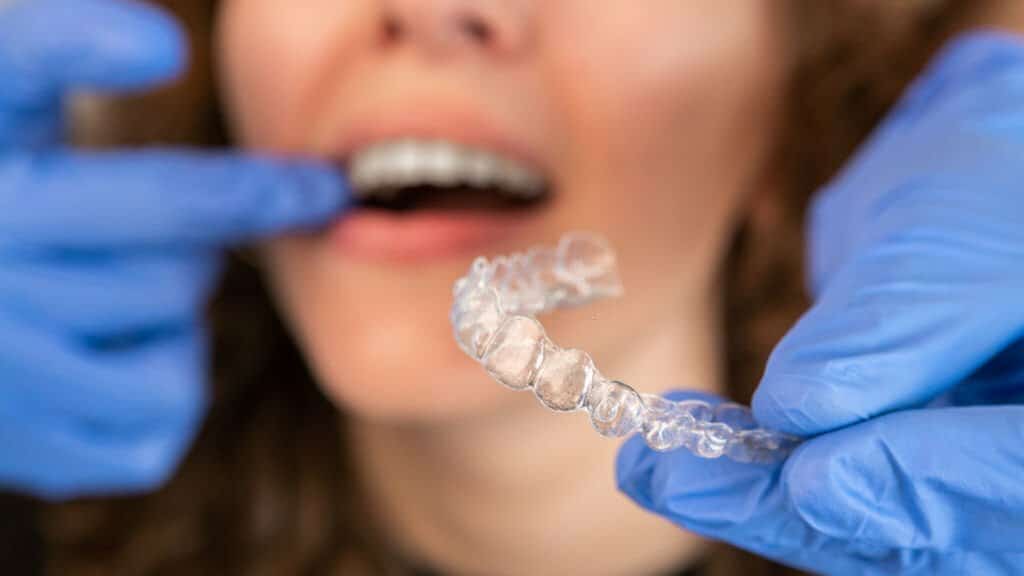How Do Orthodontic Braces Work?
Teenagers frequently use orthodontic braces, which are essential instruments for straightening and aligning teeth as well as aesthetic enhancements. They have a big impact on both face appearance and oral health. dissecting the workings of pressure and remodelling, investigating important elements, and investigating treatment-influencing variables. the revolutionary effects of orthodontic therapy on oral health and appearance.
The Mechanics of Braces: A Tale of Pressure and Remodelling
By consistently and gently applying pressure to the teeth, orthodontic braces facilitate a gradual transformation of the teeth into the ideal positions. As the teeth move into their new alignment, this pressure sets off a cellular dance known as bone remodelling, which breaks down and rebuilds bone structure.
Key Components of Braces
Understanding the magic behind braces involves acknowledging their key components:
- Brackets: Each tooth’s front surface is adhered to by these tiny, adhesive-backed anchors.
- Archwire: A flexible, thin wire that passes through the brackets and presses on the teeth.
- Ligatures: The little elastic bands that fasten the brackets to the archwire.
- Extra Appliances: Expanders or headgear may be included, depending on the situation.
Factors Influencing Braces Treatment
The effectiveness and duration of braces treatment are influenced by several factors:
- Severity of Malocclusion: The degree of crowding and misalignment affects the treatment’s intricacy and length.
- Patient cooperation: For best outcomes, following directions and practising good dental hygiene are essential.
- Bone Growth: The rate at which the jawbone grows and remodels has an impact on the mobility of teeth.
Trade-offs and Considerations
While braces are highly effective, they come with potential trade-offs:
- Aesthetics: While discrete options like translucent or tooth-coloured braces are available, traditional metal braces can still be easily noticed.
- Pain: Usually uncomfortable at first, it goes away as teeth get used to the pressure.
- Dietary Restrictions: In order to prevent injury, some firm or sticky foods may need to be avoided.
Challenges and Approaches
Orthodontists encounter various challenges:
- Individual Variability: Since every patient reacts differently, customised care regimens are required.
- Extended Treatment Period: Orthodontic therapy frequently lasts several months or even years.
- Sustaining Patient Motivation: In order to achieve the best results, patient motivation is essential.
Impact on Oral Health and Aesthetics
Orthodontic treatment not only enhances aesthetics but also improves oral health:
- Correct Alignment: Having straight teeth improves speech, chewing, and oral hygiene in general.
- Decreased Risk of Dental Issues: Teeth that are positioned properly are less likely to experience excessive wear, dental decay, and periodontal disease.
- Increased Self-Confidence: Smiling more really can increase social confidence and self-esteem.
When properly understood and selected, orthodontic braces can be effective instruments for attaining a smile that is both healthy and attractive. When people are well-informed on the science underlying braces, treatment-related variables, and possible trade-offs, they can make wise decisions regarding their orthodontic care.



